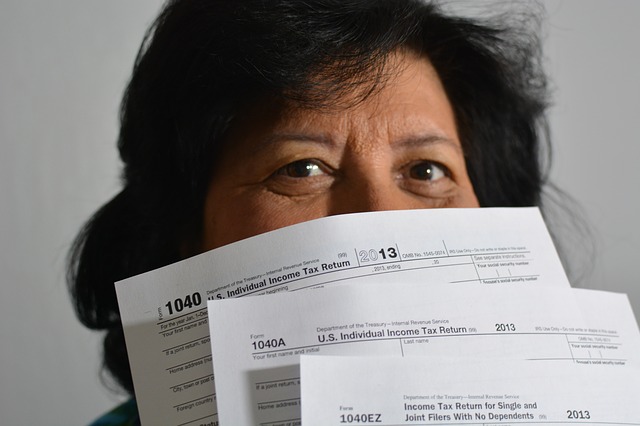Tax season always brings a special kind of headache for everyone, and those in the long term care industry could not agree more. Elderly individuals and family caregivers face a great deal of stress brought about by their day-to-day expenses. From long term care insurance premiums to advanced directives and retirement planning, they certainly have their hands full. The last scenario anyone wants to be in is being handed a hefty tax bill.
However, every person knows that taxes are unavoidable. The silver lining there is that there are ways in which those in long term care can reduce their taxes. Deductions are available, but what does one have to do to qualify?
Taxes are complicated to understand, but it is necessary. Truthfully, we need all the help we can get, and this is what ALTCP.org aims to provide through this post. Let’s take a look at long term care tax deductions.
Also, do not forget to post any other questions you might have in the comments section. We’d love to answer any inquiries you might have about this topic.

Are Long Term Care Insurance Premiums Tax Deductible?
To briefly answer the question, yes, qualified long term care insurance premiums are tax deductible. This applies, however, if they are 10% higher than the adjusted gross income (AGI). AGI refers to your personal funds that are not limited to cash. It is called adjusted because of reductions for business-related payments, penalties, and other expenses. Individual Retirement Accounts (IRAs) also comprise the deductions for your adjusted gross income.
Senior citizens require less to qualify. Instead of the 10% that most individuals need, taxpayers age 65 and older need their premiums to exceed their AGI by 7.5%.
Bear in mind that there is a limit as to how much a premium can be deducted. This depends on the person’s age at the end of the year. Kindly refer below for the different ages and corresponding deductibility limits for the past and the current year:
Long Term Care Insurance Tax Deductible Limits
| Taxpayer’s Age at the End of Tax Year | Deductible Limit – 2017 | Deductible Limit – 2018 |
| 40 or younger | $410 | $420 |
| Older than 40 but younger than 50 | $770 | $780 |
| Older than 50 but younger than 60 | $1,530 | $1,560 |
| Older than 60 but younger than 70 | $4,090 | $4,160 |
| Older than 70 | $5,110 | $5,200 |
*these limits are annually adjusted with inflation
Also, kindly note that policies are considered qualified if they comply with the regulations of the National Association of Insurance Commissioners. Included in these requirements is that the policy must offer inflation and non-forfeiture protection to their consumers. These individuals, however, may choose not to purchase these protection features.
Policies sold after January 1, 1997 will be considered qualified upon the approval of the insurance commissioner of the state in which they are sold. Please check with your insurance broker of state insurance commission to determine whether your policy is qualified or not.
Are Medical and Assisted Living Expenses Deductible?
Some medical expenses of seniors are tax deductible. In order to do so, individuals must be eligible to itemize their deduction on Form 1040, Schedule A. Also, these expenditures must fall under qualified expenses.
Note that these tax benefits apply to expenses not covered by insurance. These may include preventive care, treatments, vision care, surgery, dental care, and even insulin. Please note, however, that cosmetic procedures, vitamins, gym memberships, and other drugs bought over the counter are not included in the tax deductibles.
As for individuals in assisted living facilities, the tax benefits apply if they qualify as chronically ill. They must be certified as such, and their care plan must be prescribed by a licensed health care practitioner.
What About The Caregivers?
A scenario rapidly becoming common in American households is an adult child providing care to an aging parent. These adult children often face the struggle of financially supporting the needs of their parents. This why tax breaks available to family caregivers is advantageous.
To do so, adult children must be able to claim that their parents are their dependents. On top of this, adult children must be shouldering at least half of their parents’ living expenses. If the qualifications are met, then the 7.5%-rule applies.
There are various ways in which individuals in long term care can save on taxes. When you are spending so much on care—whether your own or a loved one’s—you need to know all the ways in which you can keep the costs to a minimum.
Do you have any other questions about long term care tax deductibles? Let us know in the comments section, and we will help you! Also, do not forget to share this post with your loved ones and family members. Let us all help each other in dealing with the stresses and day-to-day motions of long term care—taxes included!

5 thoughts on “Long Term Care Tax Deductions”